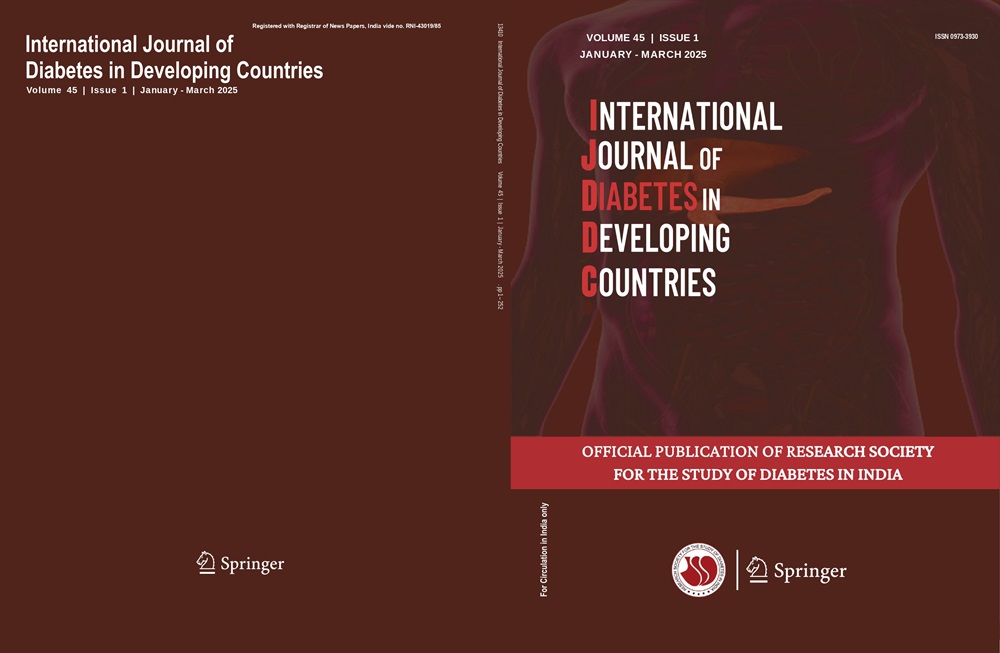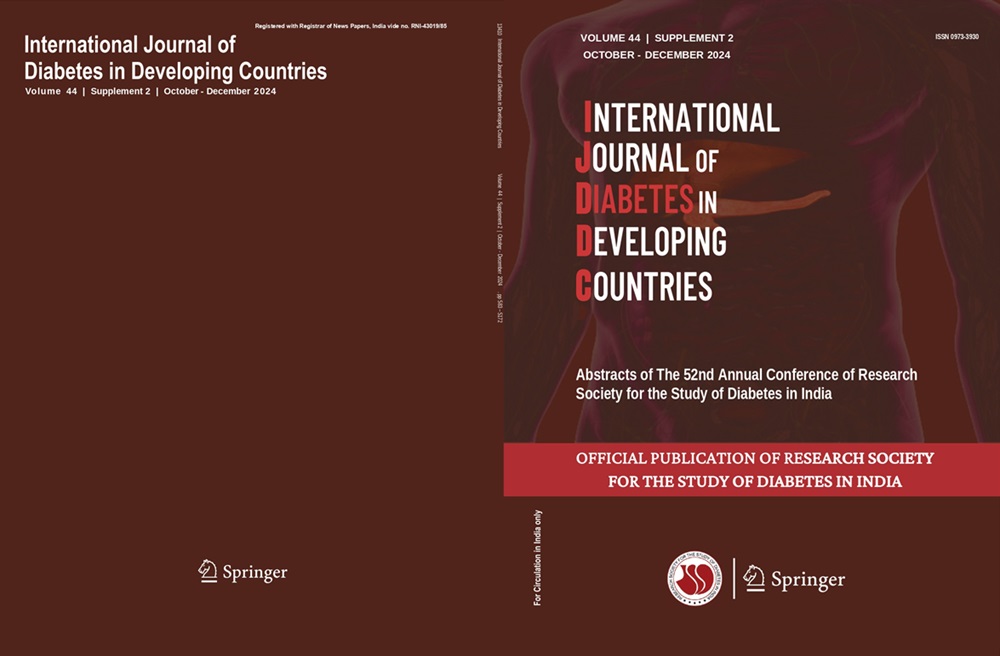Mehdi Sharafi, Mohammad Hassan Eftekhari, Mohammad Ali Mohsenpour, Sima Afrashteh, Najibullah Baeradeh, Mohammad Fararouei, Babak Pezesh ki
Keywords
Prediabetes • Diabetes • Latent class analysis • Cox regression
Abstract
Aim Prediabetes is a strong predictor for type 2 diabetes mellitus (T2DM). However, the possible effects of other factors on the above association are unknown. This study aimed to determine factors associated with the progression of prediabetes to T2DM.
Materials and methods In the present prospective cohort study, 757 individuals with prediabetes included in the Fasa cohort study were identified and followed for 5 years in order to diagnose T2DM. The baseline demographic, medical, and clinical records of participants were surveyed. Latent class analysis (LCA) and Cox regression model were applied to evaluate potential factors affecting the rate of progression of prediabetes to T2DM. p values less than 0.05 were considered significant.
Results The annual cumulative incidence rate of diabetes was 124.1 per 1000 population. A total of 3 different latent classes were among participants including fatty liver & DII class (FLDc), with 18.58%, metabolic syndrome class (MSc), with 31.44%, and high-risk class (HRc), with 49.98% of the participants. Based on the results of Cox multivariate regression analysis, the risk of progression to T2DM was significantly raised with the presence of FLDc (HR = 2.37, 95% CI: 1.19, 4.74).
Conclusion Our findings show that the cumulative diabetes incidence was alarmingly high in Iran. Also, the cooccurrence of factors such as high fatty liver index, high DII score, metabolic syndrome, and waist-to-hip ratio increased the risk of diabetes in prediabetic individuals. These results point out the importance of applying effective preventive interventional programs for prediabetic individuals.




